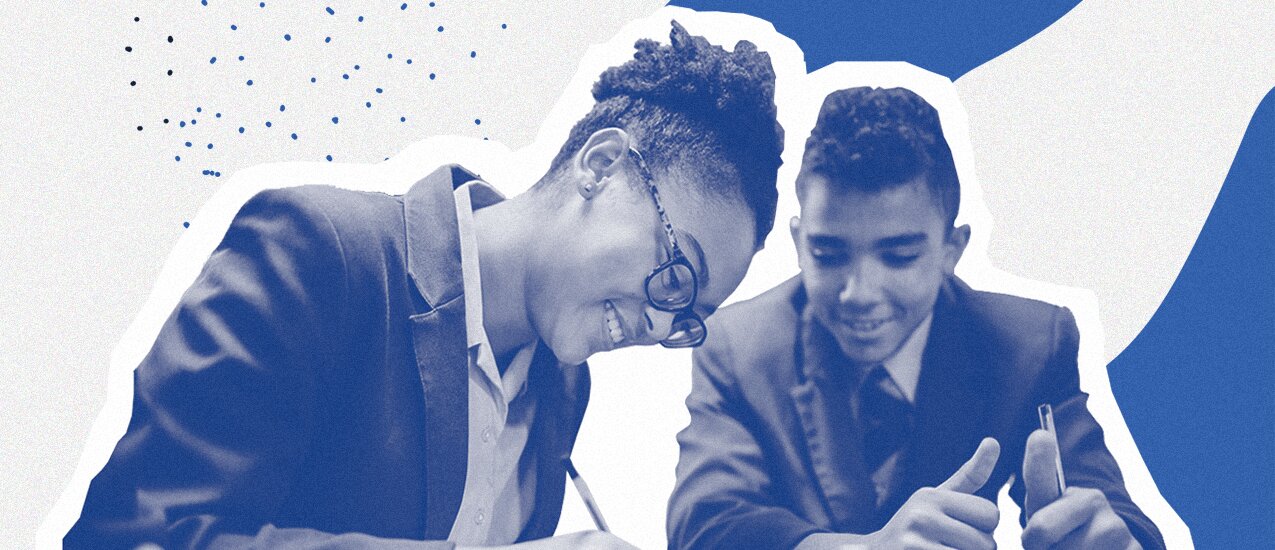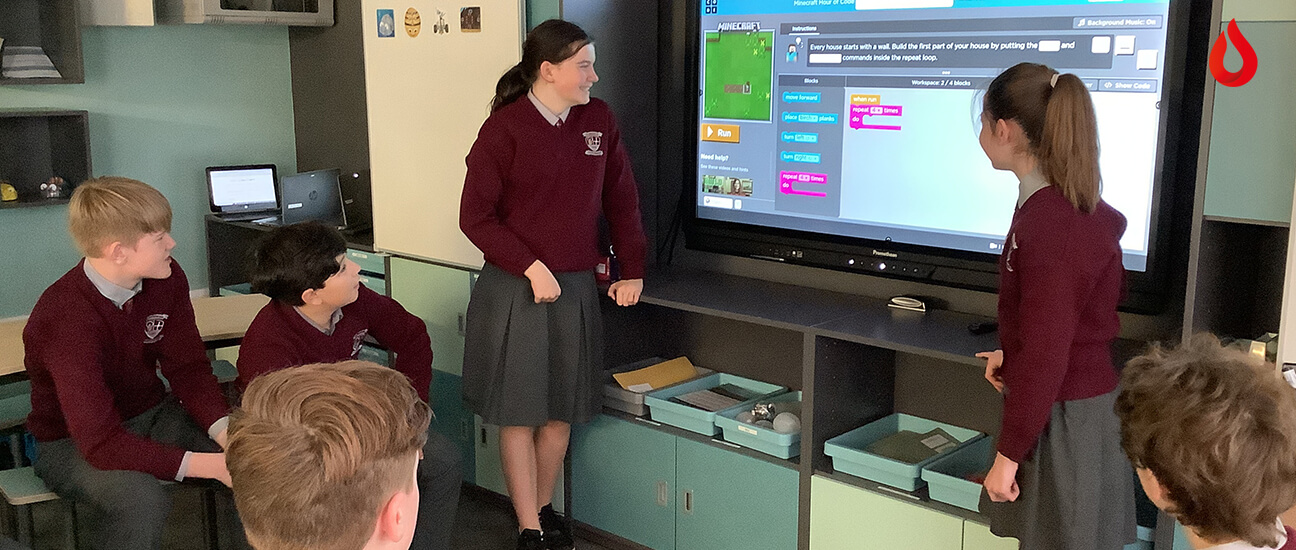When it comes to students working together, the terms collaborative learning and cooperative learning are often used interchangeably. There are still some key differences; with collaborative learning, students make individual progress in tandem with others. Co-operative learning involves more inherent interdependence, promoting greater accountability.
As we know from our recent State of Technology in Education Report, student engagement and attainment is a high priority for many schools. While the purpose of these pedagogical methods is the same — to provide students with opportunities to engage with each other in thoughtful learning — it is important that teachers understand the differences if they are both to be used effectively in the classroom.

The similarities between cooperative and collaborative learning
Here are just some of the similarities that exist between a cooperative learning and collaborative learning approach for students:
- Rely on active student participation rather than passive, lecture-based teaching
- Students assume a degree of responsibility for their own learning
- Teachers act as facilitators to learning
- Require pupils to complete a task/project
- Build team building skills and encourage social interaction
- Help to prepare students for the world of work
- Enhance deeper cognitive skills
- Create shared learning experiences
- Increase levels of information retention
- Embrace student diversity
The differences between cooperative and collaborative learning
Collaborative learning
Students progress personally, while collectively working towards a common goal. Students are accountable to one another and, with appropriate direction, will self-manage this. Pupils learn to better understand and anticipate difference, recognise it in themselves and others, and use it to their advantage.
A typical collaborative learning process:
- Students organise their efforts between themselves (group-structured)
- Students source material to help them complete the activity
- The activity is not monitored by the teacher (although they can help when assistance is requested by the group)
- Students assess their own individual and group performance
- Success depends on individual strengths
Find out more about collaborative learning as a pedagogical model for primary schools
Cooperative learning
Like the cast and crew of a theatre production, co-operation involves interdependence. Roles and responsibilities are clearly defined but are open for negotiation. This method of collaboration brings with it a strong sense of accountability.
In contrast to collaborative learning, a cooperative learning structure takes the following form:
- Activities are structured with each student assigned a specific role (teacher-structured)
- Teachers supply information for students to read and analyse (or let pupils know where this info can be found)
- Teachers observe, listen and intervene where necessary
- Students submit work at the end of lesson for evaluation/assessment
- The success of the group depends upon the efforts of everyone involved
The benefits of cooperative and collaborative learning
The majority of students learn best when they are immersed in learning, through interaction and application. A student is more likely to remember something discovered through active participation and peer work than through the passive acceptance of information presented by the teacher.
As well as making learning more memorable, with collaborative and cooperative learning:
- Students come to recognise, understand and respect cultural differences and different perspectives
- Performance is improved. With collaborative/cooperative methods much more valuable than individualistic ways of building student performance and progression
- Group work helps students who have difficulty with social skills. Providing a safe and structured space to interact with others
- Confidence is emboldened, with students able to recognise and value the importance of their contributions
- Inclusivity is encouraged. There is no such thing as an average child, and collaborative/cooperative methods allow each child to work to their strengths.
Despite the benefits, effective cooperative and collaborative learning does not necessarily come easy and may require a change of mindset for everyone involved. That said, it’s not an overwhelming proposition either. The world is already collaborating, and by using both cooperative and collaborative methods, teachers can help to create well-rounded citizens with the skills needed to succeed – not only in further education and work – but also their personal lives. After all, what we learn in childhood, we take into adult life.
To provide students with opportunities to engage collaboratively, get in touch for a free ActivPanel demo and see what a front-of-class display can do for your classroom.




